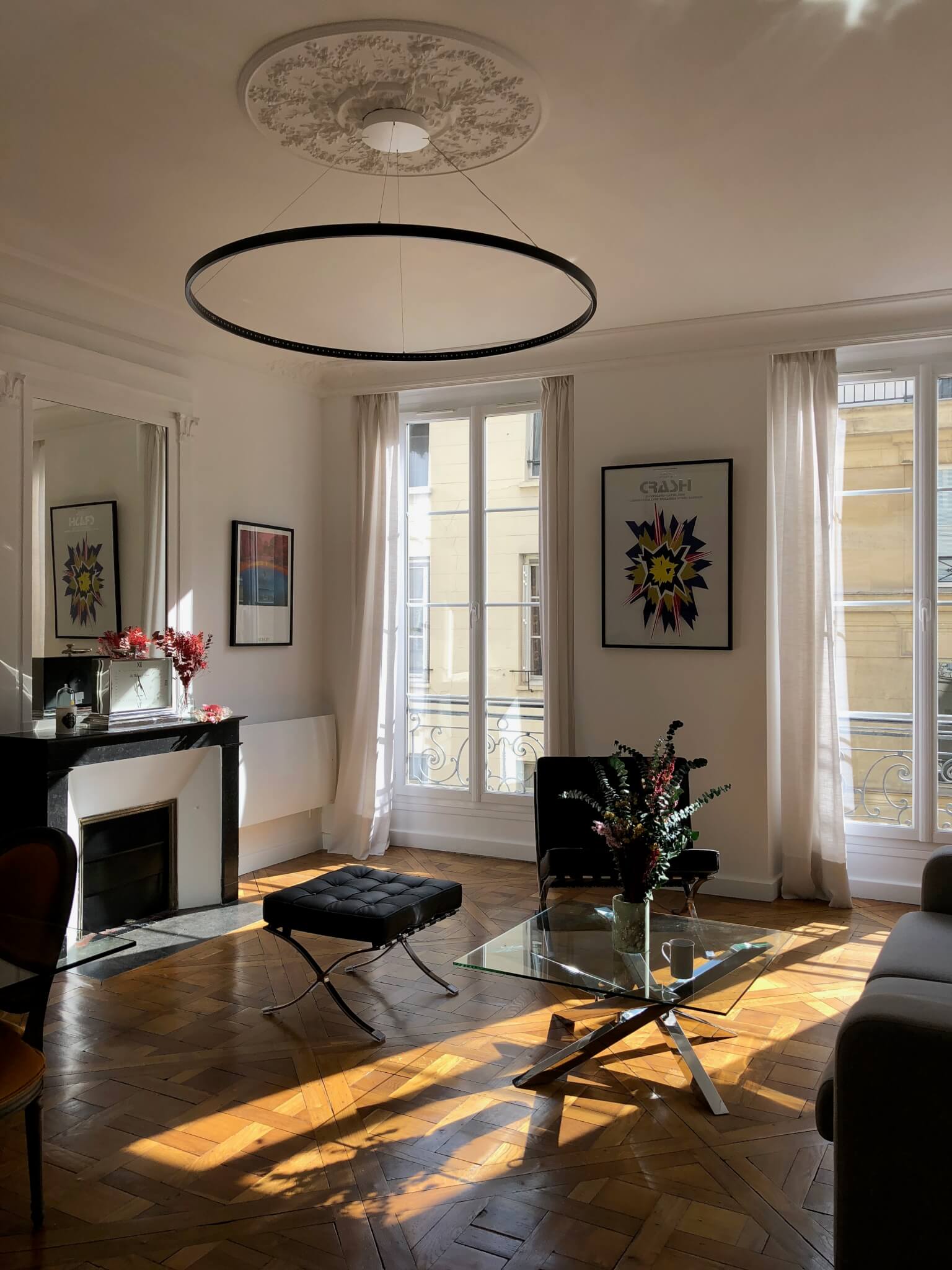
At the age of 48, Patsy Lo left a high-powered job with Apple Inc. to take up dance (ballet and contemporary Martha Graham techniques) full-time in Paris. She had never danced before.
______
I wanted to know what would happen, to live each day doing what I love. That was why I moved to Paris to dance.
In the one year I have been dancing, there have been days when I felt I couldn’t bring my body to class. The pain in my ankles and in my lower back. The recurring scrapes on my feet. The bruises on my knees. There have been times I could not do one more relevé.
But then I compare my “pain” to that of my pre-professional classmates who have been doing this for many more years.
Take 13-year-old Aiden*, for instance. He fell in class during practising his tour en l’air. In dance terminology, that means jumping and turning in mid-air and landing with the feet turned out and pressed closely together. It is performed exclusively by male ballet dancers. Every time Aiden fell, he got back up. He didn’t think about the pain in his knees. His focus was on how to make it perfect.

Another dedicated classmate was Paula*, who continued to come to class even with a pain in her hip.The teachers told her not to dance, so she would sit on a chair and practice the movements with just her upper body.
In class, our teachers always remind us to listen to our bodies. Listen to the pain we feel. There is good pain and bad pain. Good pain feels like a mild burn, slightly soothing, and you can almost sink into it. The kind you know, once it passes, you can grow from it. Then there is the bad pain that stabs us, like knives and needles. The pain that takes us out of ourselves, stops us from living and makes us doubt our sense of self.
Dancers are, to me, one of the most precious breeds of humans. Despite all the physical pain and emotions they have to endure, they keep getting back up. On average, to become a professional dancer takes more than 30 hours of training per week for a minimum of 10 years. A good portion of dancers who dream about being a professional dancer do not make it due to competition, expenses and injury. There is no promise of a stable financial future. If they freelance and dance for independent choreographers, sometimes there is no payment for rehearsals and they are paid an average of €250 per show. Or, they don’t get paid for shows as they are led to believe that “it is good for exposures”.

Often, the professional life of a dancer ends at 40 years old. This life can even be suddenly cut short if there is a serious injury. Dancers are constantly asked to push their physical limits. Throughout their journeys, they are often judged on whether or not they can make it big. Such criticism can be hard to stomach as dance is very personal — It’s your body, your movements, your emotions.
“Not flexible enough, not enough natural turnout, legs and arms are not long enough…” As if the love and peace they feel when they dance and want to share with the world are simply not enough.
If you actually apply rationality towards what it takes to be a professional dancer, it is hard to understand how they keep going. Yet, they stand tall amongst us, with grace. Perhaps there is a lot to learn from that, on how to trust and feel peace even when it hurts (both physically and emotionally).
Hats off to all the dancers in the world. And to everyone who continues to feel love and peace even when it pains them.
*The names of my classmates have been changed to protect their privacy.
Patsy Lo is the founder and curator of sml Dance. Originally from Hong Kong, Patsy worked in marketing for more than 20 years globally. At 48, she left Apple Inc. after working for the American tech giant in various cities to become a full-time dance student in Paris, France. She still lives in Paris, practising ballet and contemporary Graham technique. Besides dancing more than 20 hours every week, she is also the founder of sml (@sml_dance on Instagram), which curates dance performances. The aim of the company is three fold, make dance more accessible, provide a bridge for choreographers and dancers to cross platforms, and ultimately, inspire people to reconnect within themselves and feel, move and expand more.